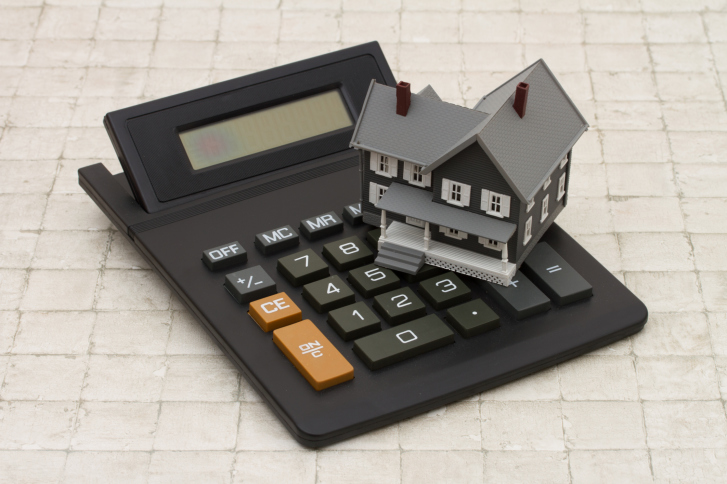5, 10, 20 Percent or More? How to Determine How Big of a Down Payment You Need
 Whether or not you’re new to real estate, there’s little doubt that you’ve heard the term down payment as it relates to purchasing a home. There’s a lot of different information out there in regards to how much this figure should be and it can be hard to determine exactly what the importance of this payment is. If you’re trying to determine the ideal amount to put down, here are some things to consider.
Whether or not you’re new to real estate, there’s little doubt that you’ve heard the term down payment as it relates to purchasing a home. There’s a lot of different information out there in regards to how much this figure should be and it can be hard to determine exactly what the importance of this payment is. If you’re trying to determine the ideal amount to put down, here are some things to consider.
Explaining Down Payments And Why They’re Important
The down payment is probably one of the largest single payments you’ll make for anything, and this is why so many people save for years. When you buy a home, the down payment is the amount of money that goes into the initial home investment, and this is taken off of the cost of the house. In essence, while this money qualifies as an asset, it is tied up in paying off the total cost of your home.
The Differing Amounts For Down Payments
It’s often the case that many figures are thrown around in regards to the ideal down payment percentage, and they generally vary from 3-20% of the home’s cost. If you are paying a percentage on the low side of the scale, this can unfortunately mean that you will have fewer mortgage options and will be stuck with an increased interest rate. The amount you should pay depends on your financial health and purchasing commitment, but the larger the down payment is, the more minimal your monthly payments will be.
Deciding The Perfect Percentage
Saving up 20% of a home’s total price may seem like a lot of time and effort, but this can be the ideal amount to put down. In addition to lowered monthly payments and a better interest rate, you’ll also be able to avoid Private Mortgage Insurance (PMI), which is required if you put down less than 20%. There is no right answer to the question of how much to put towards a down payment, but you may end up spending less in the long run if you can invest more in the beginning.
There are many figures thrown around when it comes to real estate, but the amount of a down payment should be economically feasible for you and enable you to make your monthly payments consistently. If you’re planning on purchasing soon and are looking for home options, you may want to contact your trusted mortgage professional for more information.

 There can be many downsides to both renting and buying, depending on what side of the coin you are on, but if you’re leaning towards purchasing a home it can have added benefits for your bank account that renting does not. While renting can certainly alleviate many of the costs that go along with property ownership, here’s why purchasing a home can have positive monetary affects in the long run.
There can be many downsides to both renting and buying, depending on what side of the coin you are on, but if you’re leaning towards purchasing a home it can have added benefits for your bank account that renting does not. While renting can certainly alleviate many of the costs that go along with property ownership, here’s why purchasing a home can have positive monetary affects in the long run. When you’re looking into purchasing a home, there are plenty of things to watch out for at any time of the year, but there are a few things that you can expect during the winter months that may be a little different than other seasons. If you happen to be on the market for a home and are thinking of buying, here are three things you may want to consider for the winter buying months.
When you’re looking into purchasing a home, there are plenty of things to watch out for at any time of the year, but there are a few things that you can expect during the winter months that may be a little different than other seasons. If you happen to be on the market for a home and are thinking of buying, here are three things you may want to consider for the winter buying months.